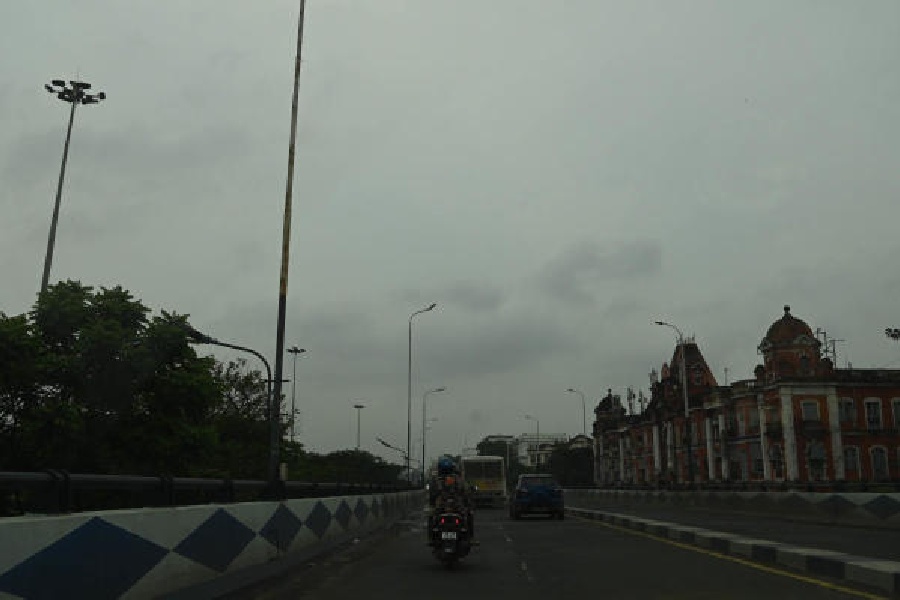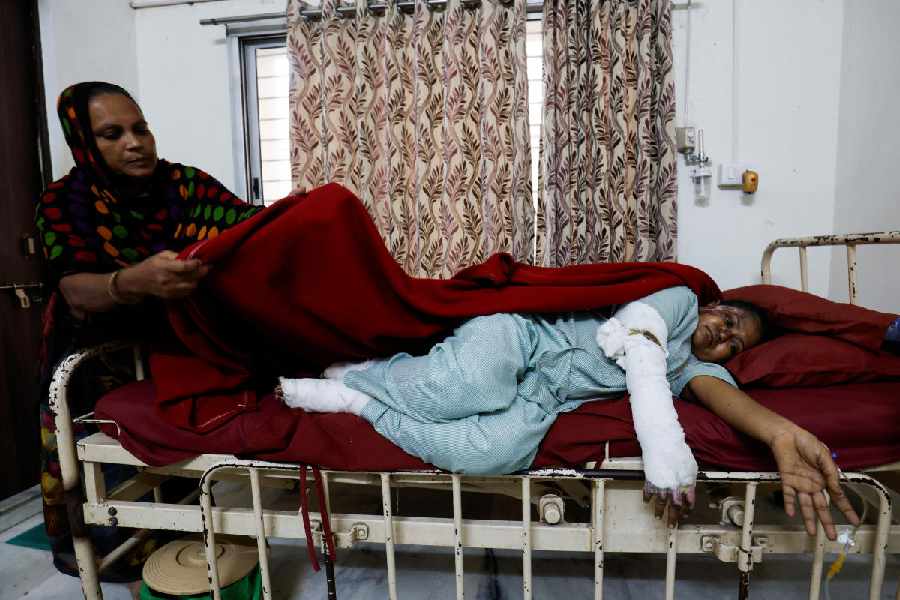Possible risks from cell tower/phone radiation have been a topic of discussion in the media. With breathtaking progress in mobile phone technology, there has been unbridled increase in the use of mobile phones nationwide. Cell towers have sprung up everywhere. The agents selling ‘protective’ accessories have attributed all types of diseases and symptoms to these towers and encouraged the public to believe in them.
Cell tower radiation has a million times less energy than that of x-rays or gamma rays. It cannot damage the cells in the body to change some of them into rogue cells, which multiply uncontrollably to cause cancer. It may just warm up the tissue. Since all the studies on this subject have been conducted for a period of less than 20 years, we may still have to go a longer way before we get definitive proof. But the results obtained thus far are reassuring.
After a comprehensive review of the relevant literature, the World Health Organization, in its factsheet number 304, stated thus: “Considering the very low exposure levels and research results collected to date, there is no convincing scientific evidence that the weak RF [radio frequency] signals from base stations and wireless networks cause adverse health effects...”
The International Agency for Research on Cancer of the WHO has the remit to decide whether an agent or an activity is a carcinogen or “possibly carcinogenic” to humans. In The Lancet Oncology of July 1, 2011, the IARC indicated that it mainly depended on the interphone study and the pooled analysis by a Swedish group led by Lennart Hardell to arrive at a decision. The interphone study supported by WHO is the largest case study of the possible relation between mobile phones and brain tumours conducted till date.
Patently absurd
The researchers of the interphone study did not observe any increase in the risk of brain cancer with the use of mobile phones. “There were suggestions of an increased risk of glioma at the highest exposure levels, but biases and error prevent a causal interpretation”, they concluded.
The IARC’s list of possibly carcinogenic agents has 275 items; it includes coffee, pickled vegetables, certain fatty acids in coconut oil used to make soaps, talcum powder and so on. None of them received as much media publicity as cell phone radiation.
The International Commission on Non-Ionizing Radiation Protection is the standard body which sets up guidelines for matters pertaining to radiation. Most countries enforce the ICNIRP guidelines. On a recommendation from an Inter Ministerial Committee, India enforced a radiation limit of one tenth of the ICNIRP guidelines nationwide. India’s guidelines have a safety factor of 500. Lowering the guidelines for cell tower/phone radiation was a symbolic gesture because people ‘wanted’ it.
It appears to have set a bad precedent; specialists must decide such matters on the basis of scientific merit and not on popular sentiments. The IMC did a great disservice by selectively listing a number of reports which showed adverse effects while ignoring many reports which did not show any adverse impact. The IMC did say that there is no conclusive proof of harm from cell tower radiation. But scaremongers demand lower levels quoting the IMC’s report. The IMC unwittingly gave them leeway.
A cell phone may cause a small increase in body temperature in areas close to the phone. Thermoregulatory mechanisms such as blood flow reduce the heat, establishing equilibrium, in about six minutes. Thereafter, there will not be any increase in temperature. So it is patently absurd to say that using a phone longer multiplies the risk.










